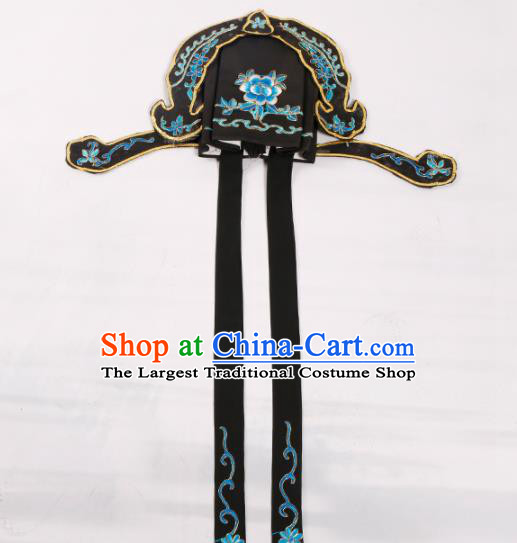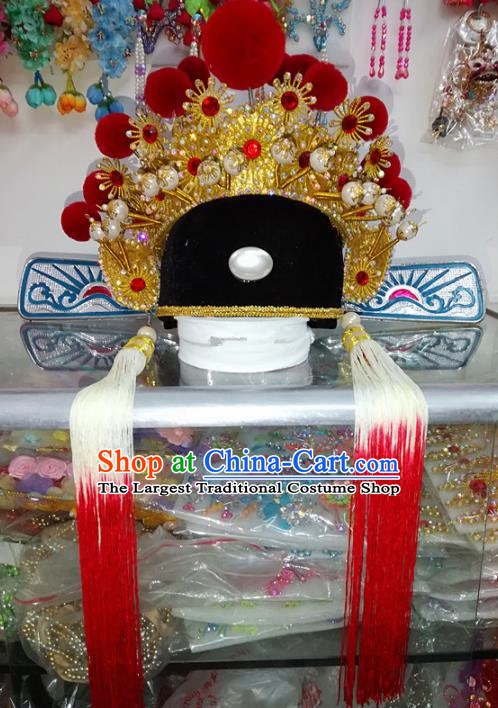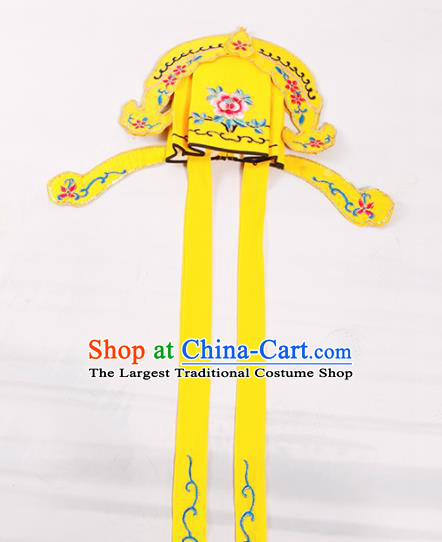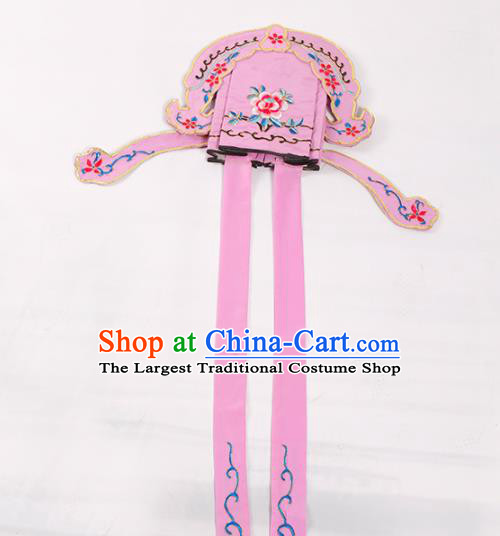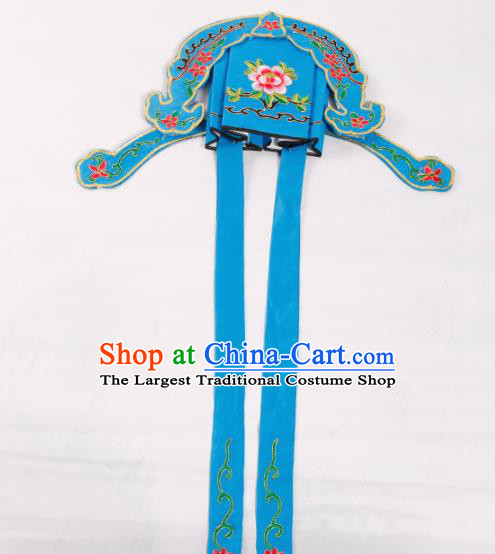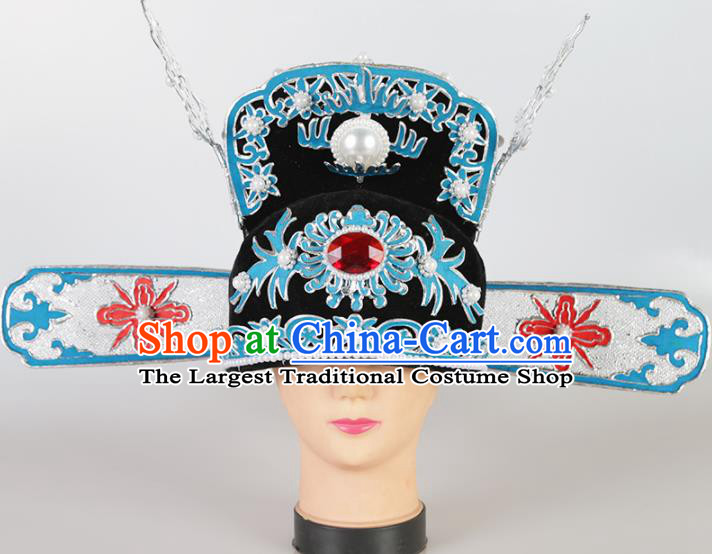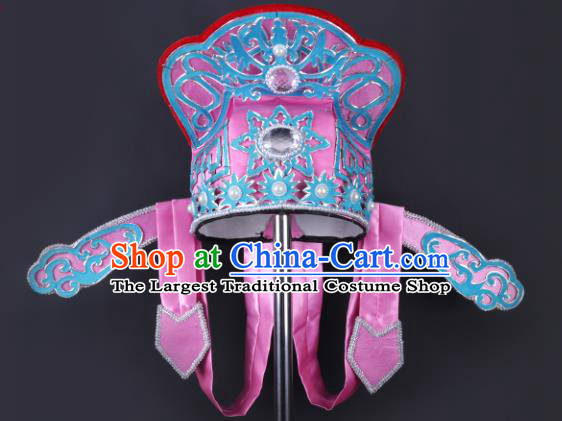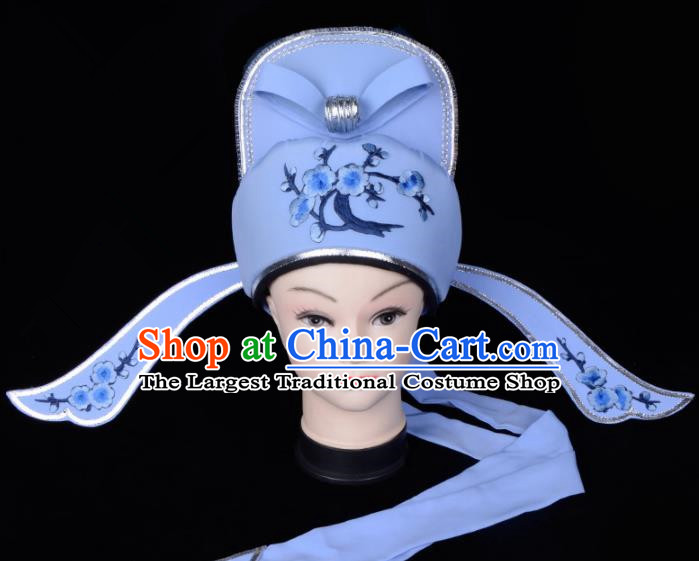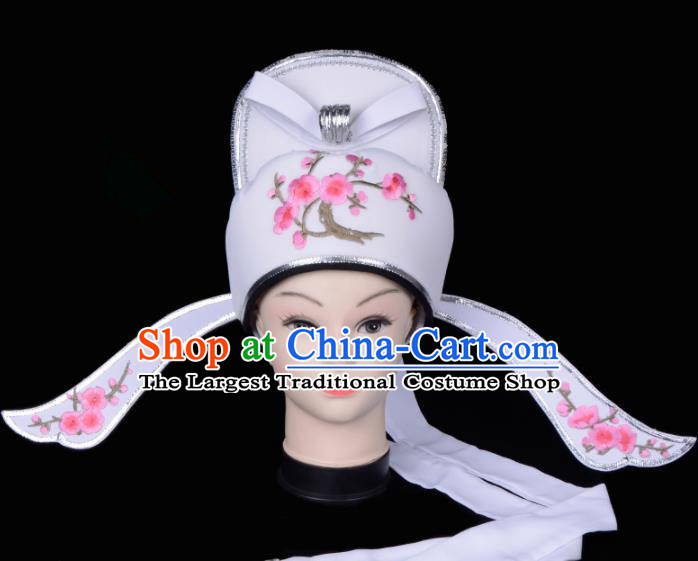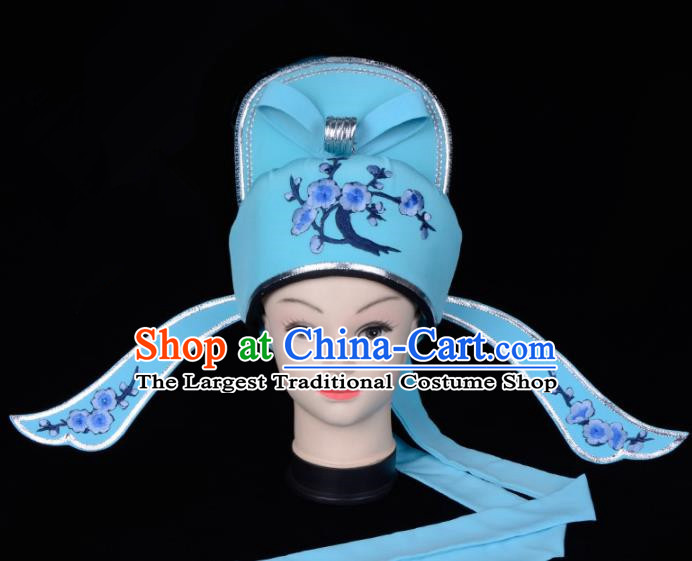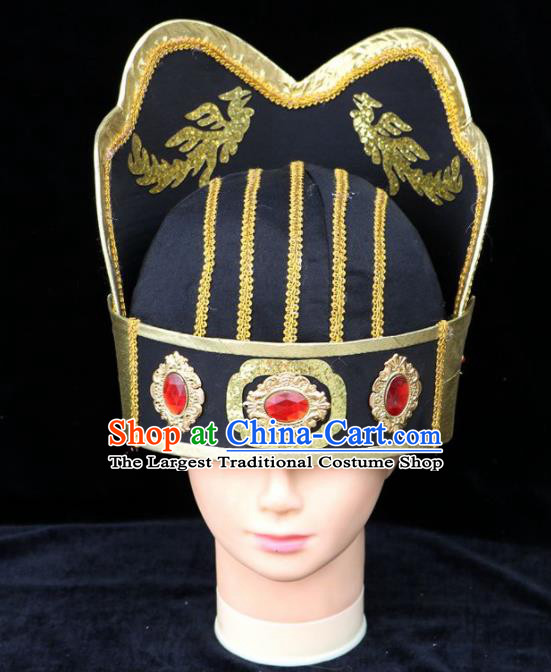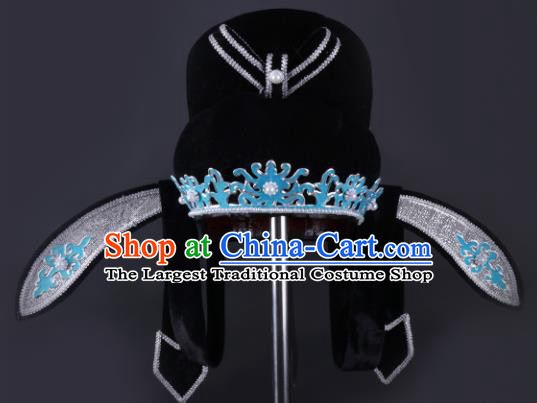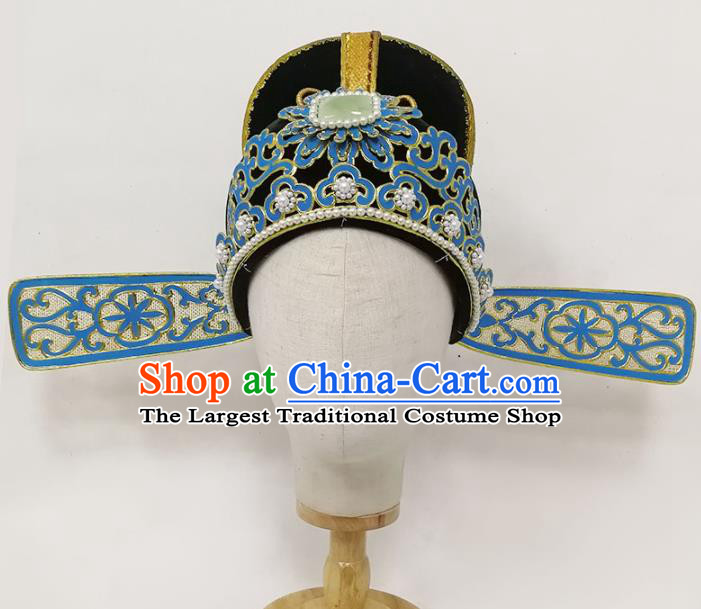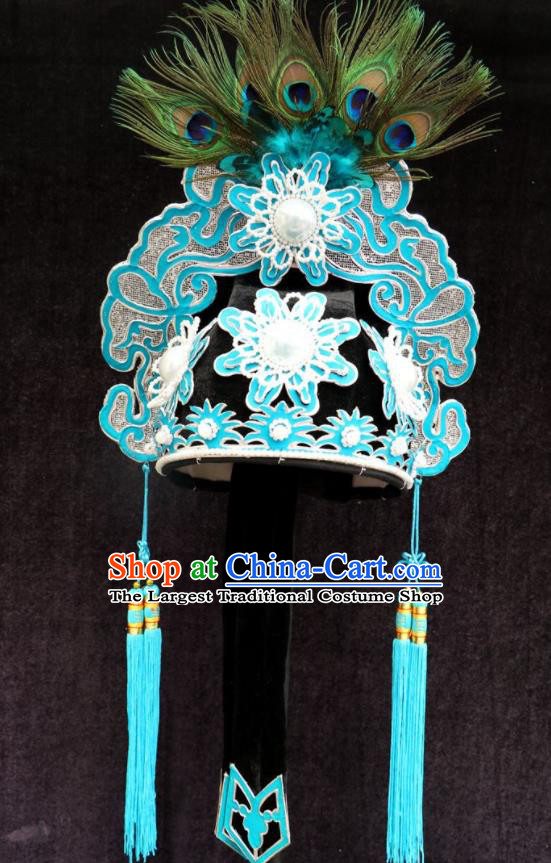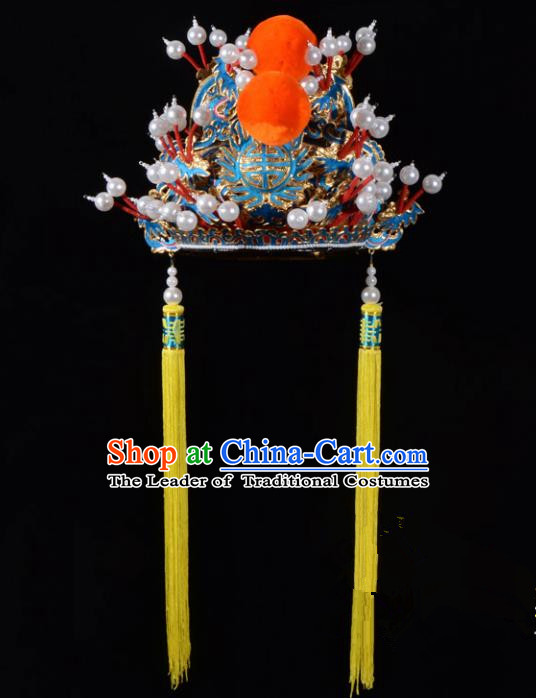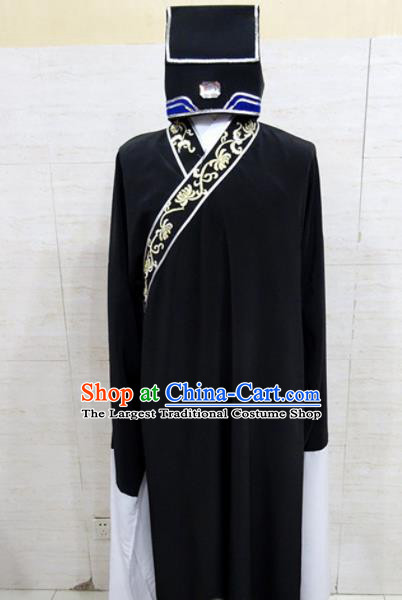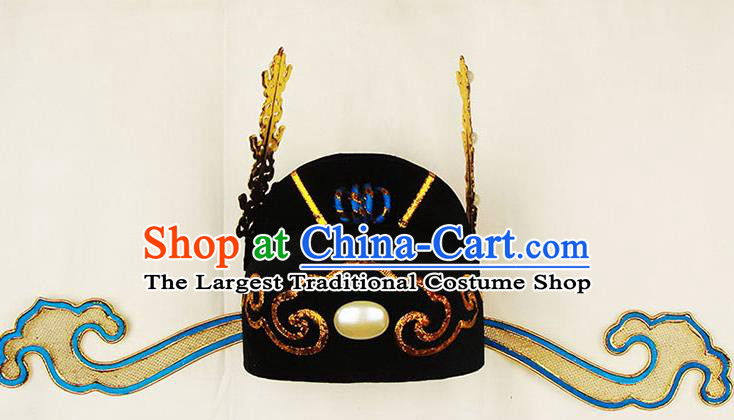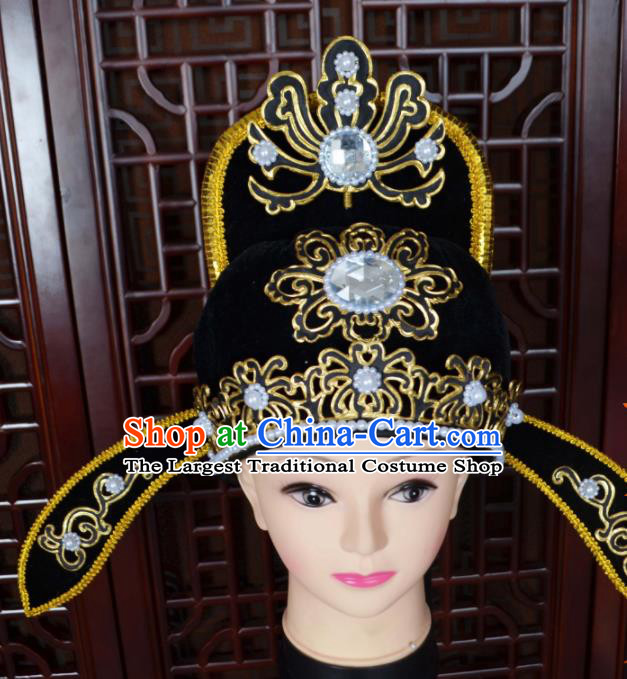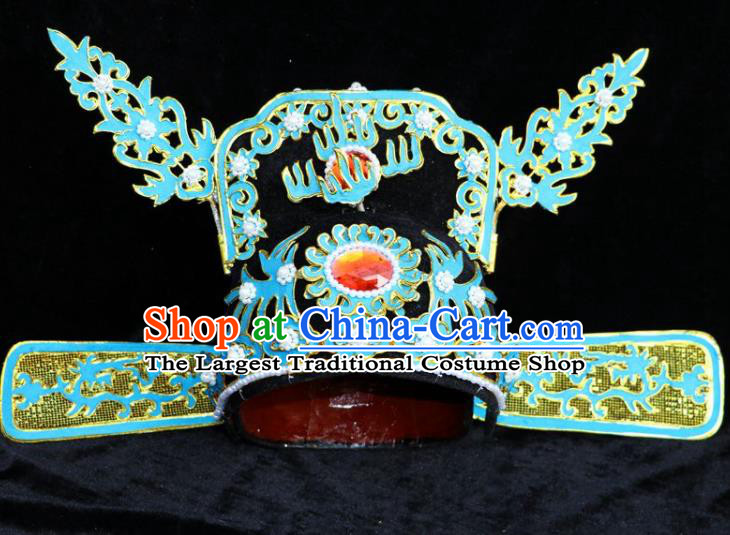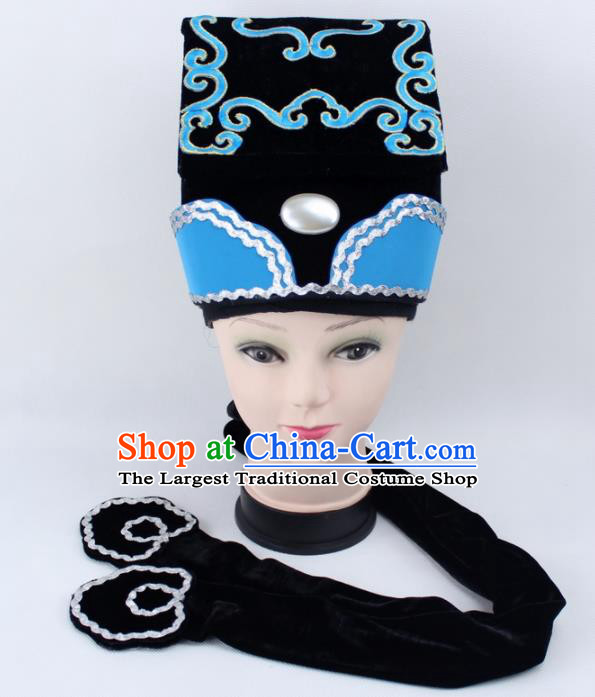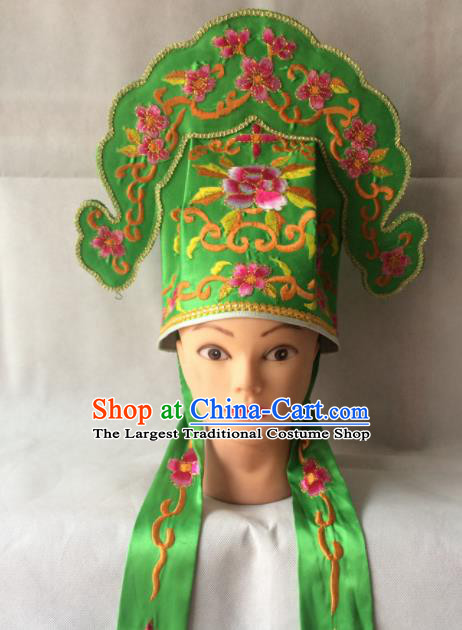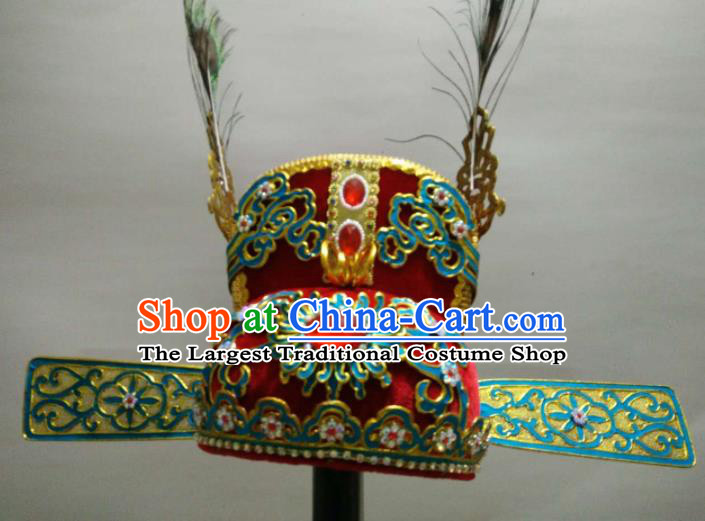
Click Related Pictures for More Audios:
The traditional black hat worn by Chinese Jingju (Beijing Opera) scholars is an indispensable accessory in the performance of this art form.
It carries rich cultural significance and historical meaning, representing the essence of traditional Chinese operatic arts.
Jingju is one of China's most famous forms of traditional opera, originating in Beijing in the late 18th century.
It combines singing, recitation, acting, and acrobatics, along with a rich array of musical, dance, and theatrical elements.
The black hat worn by Jingju scholars is an important symbol of an actor's status and identity on stage.
These hats are typically made from silk and adorned with intricate embroidery patterns such as dragons, phoenixes, flowers, and cloud motifs.
They may also feature golden tassels and beads to add a sense of opulence and elegance.
The color black of the hat symbolizes solemnity and nobility, complementing the strict style of Jingju performances.
In addition to serving as part of the costume, the black hat worn by Jingju scholars also has symbolic meaning.
It represents the character and status of the actor in the play.
For example, red hats are often used for heroic roles, while blue hats are used for villainous characters.
This distinction helps audiences better understand the relationships between characters and plotlines.
Furthermore, the black hat worn by Jingju scholars has historical significance.
It bears witness to the development and evolution of Chinese operatic arts, reflecting cultural values and aesthetic concepts in different periods and social contexts.
By studying the design and craftsmanship of these hats, we can gain a deeper understanding of the richness and diversity of traditional Chinese culture.
In conclusion, the traditional black hat worn by Chinese Jingju scholars is not only an essential accessory in Jingju performances but also carries rich cultural significance and historical meaning.
It showcases the unique charm of traditional Chinese operatic arts and provides us with a window into the past.






